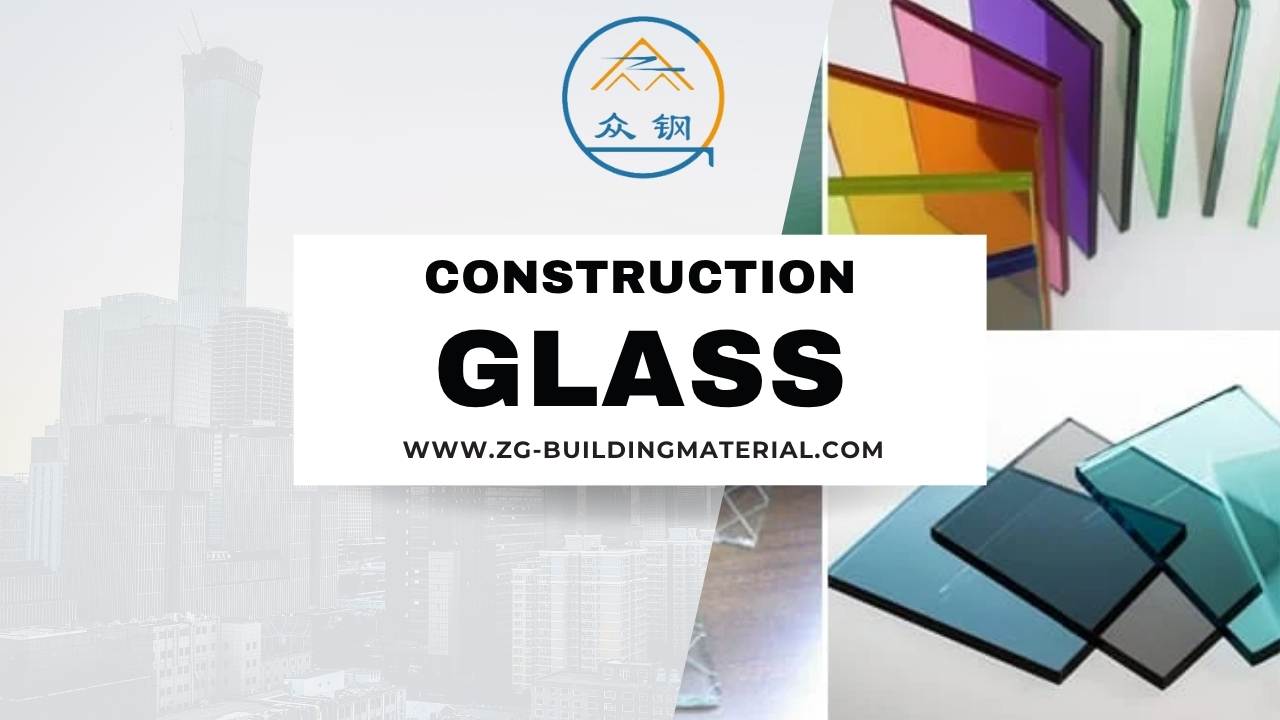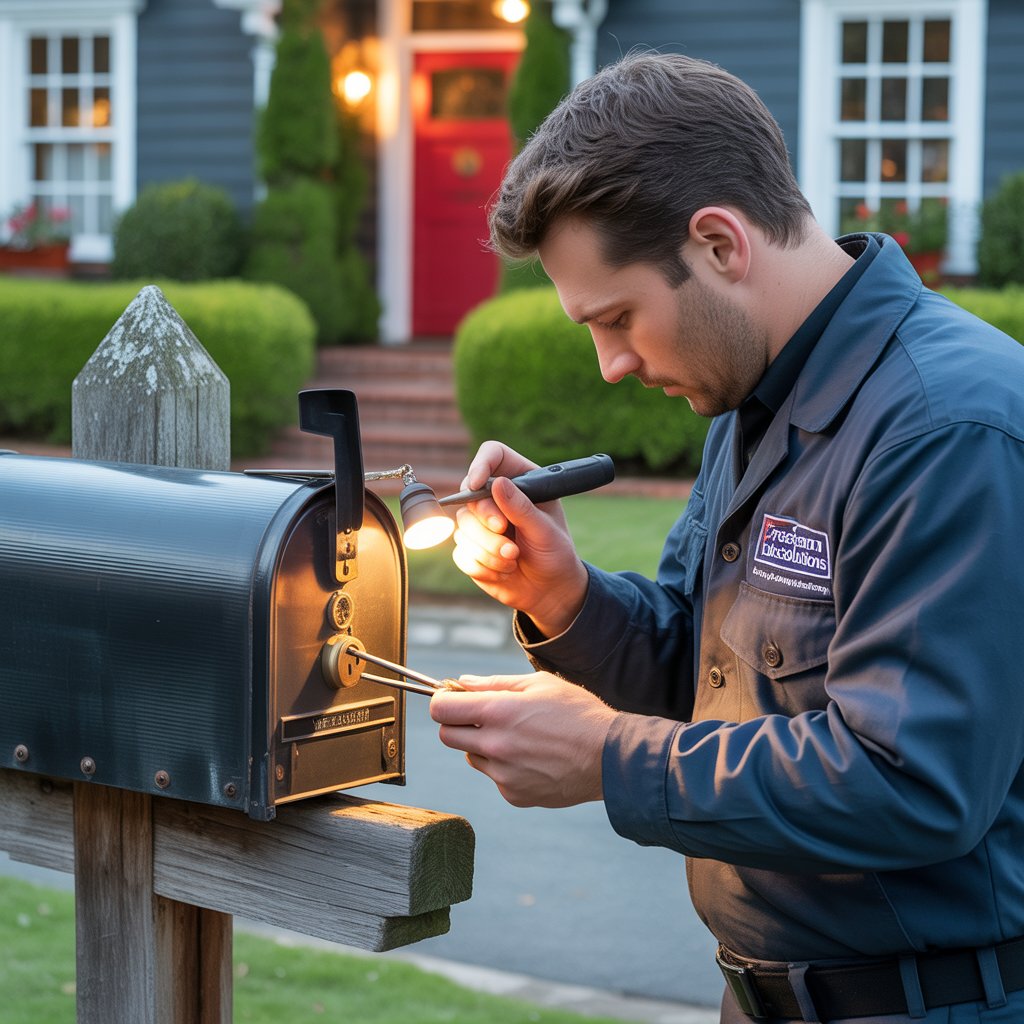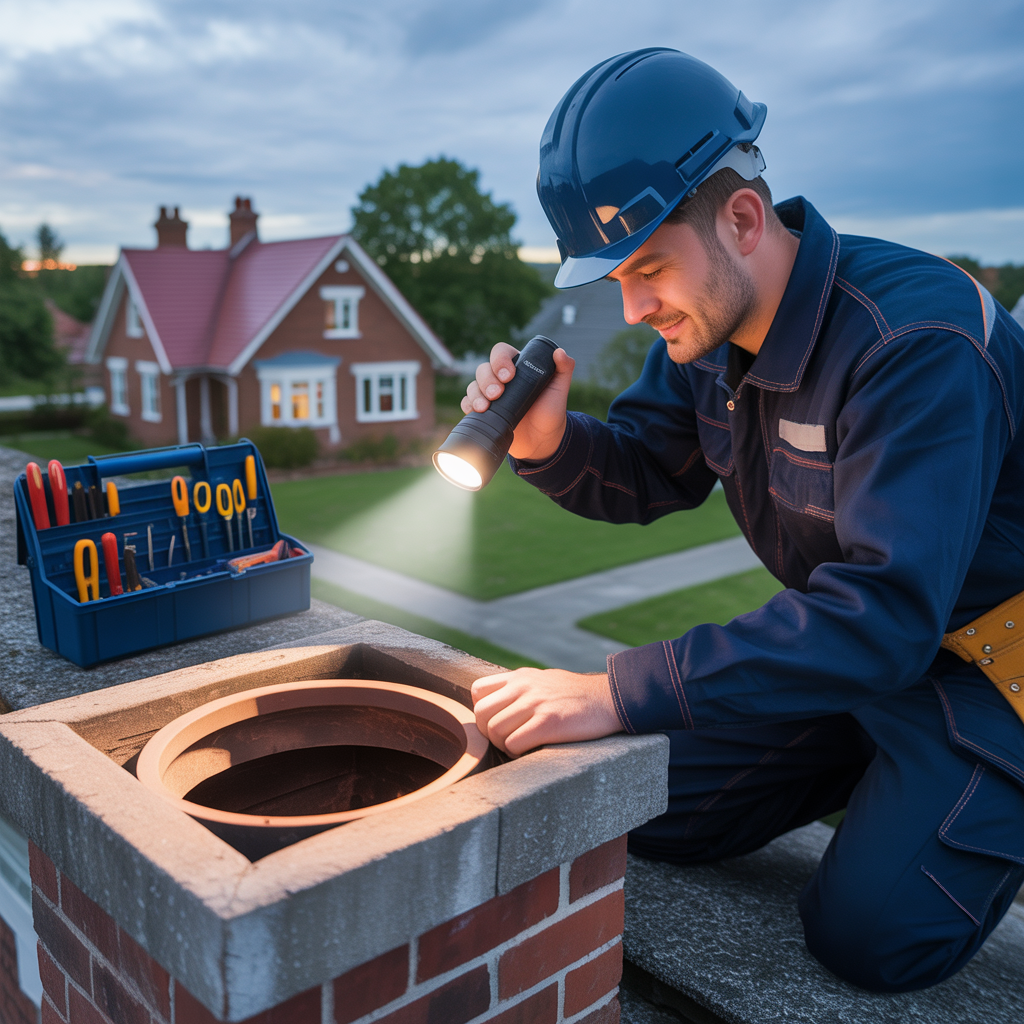Tempered glass, also known as toughened glass, is a type of safety glass processed by controlled thermal or chemical treatments to increase its strength compared with normal glass. Its unique structure allows it to withstand greater force, temperature changes, and impact, making it a vital component in modern architecture, automotive industries, and consumer electronics.
Tempered glass is four to five times stronger than standard annealed glass and, when broken, shatters into small, blunt pieces that reduce the risk of injury. This safety feature makes it an ideal choice for applications where human safety is a priority.
How Tempered Glass is Made: The Manufacturing Process
The manufacturing of tempered glass involves a meticulous process designed to strengthen the glass:
-
Cutting and Shaping:
The raw glass is first cut and shaped to the desired size. It must be finished and polished before tempering, as any alterations after the process will compromise its integrity. -
Heating:
The glass is then heated to a temperature of approximately 620°C to 700°C (about 1,148°F to 1,292°F), just below its melting point. -
Rapid Cooling (Quenching):
Immediately after heating, the glass is cooled rapidly using high-pressure air jets. This quenching process cools the outer surfaces faster than the center, creating compressive stress on the surface and tensile stress inside, which gives the glass its strength.
This thermal tempering technique makes the glass resistant to mechanical and thermal stresses, significantly reducing the chances of breakage under normal conditions.
Key Features and Benefits of Tempered Glass
Tempered glass offers a wide range of advantages that make it highly suitable for demanding environments:
1. Increased Strength
Tempered glass is 4-5 times stronger than regular glass. It can handle greater impact and pressure, making it suitable for high-traffic and high-risk areas.
2. Thermal Resistance
It can endure sudden temperature changes of up to 250°C (482°F), making it perfect for environments with high heat fluctuations such as kitchens, bathrooms, and outdoor spaces.
3. Safety
Unlike regular glass that breaks into sharp shards, tempered glass shatters into small, granular pieces that are less likely to cause injury. This safety feature is crucial in public places, vehicles, and homes.
4. Durability
Tempered glass is highly resistant to scratches, wear, and tear, which ensures long-term usability and clarity.
5. Design Flexibility
It is available in various finishes, tints, and thicknesses, allowing architects and designers to achieve both aesthetic appeal and functionality.
Common Applications of Tempered Glass
Tempered glass is utilized in a wide range of industries due to its strength and safety characteristics.
1. Construction and Architecture
-
Windows and Facades: Used in high-rise buildings for aesthetic and structural integrity.
-
Glass Doors and Partitions: Common in office spaces, homes, and commercial buildings.
-
Balustrades and Railings: Offers unobstructed views and enhanced safety on staircases, balconies, and decks.
2. Automotive Industry
-
Side and Rear Windows: Provides protection in the event of collisions. Its break pattern minimizes injury risk.
-
Sunroofs and Windshields (in some vehicles): Though windshields are often laminated, tempered glass is sometimes used in combination for added protection.
3. Electronics and Consumer Goods
-
Mobile Phone Screens and Screen Protectors: Offers resistance to scratches and shattering upon impact.
-
Home Appliances: Used in oven doors, microwave windows, and refrigerator shelves for thermal and mechanical strength.
4. Furniture
-
Tabletops and Shelves: Combines modern aesthetics with safety and durability.
-
Display Cabinets: Ideal for showcasing items while ensuring protection.
5. Shower Enclosures
Tempered glass is the top choice for shower doors due to its ability to handle both moisture and temperature changes without warping or breaking.
Tempered Glass vs. Laminated Glass: What’s the Difference?
While both are types of safety glass, they serve slightly different purposes:
| Feature | Tempered Glass | Laminated Glass |
|---|---|---|
| Break Pattern | Shatters into small pieces | Cracks but holds together |
| Strength | Higher impact resistance | Moderate impact resistance |
| Sound Insulation | Moderate | Excellent |
| UV Resistance | Moderate | High (depending on interlayer) |
| Usage | Doors, partitions, windows | Windshields, skylights |
Is Tempered Glass Always the Best Choice?
While tempered glass is excellent for many applications, it’s not always the best fit for every project:
-
Not suitable for post-tempering cutting or drilling: Any modification after tempering will cause it to shatter.
-
Not ideal where sound insulation is key: Laminated glass or insulated glass units may be better.
-
Can break under extreme point pressure: While strong overall, focused pressure on edges may cause breakage.
Thus, it’s essential to evaluate project requirements before choosing the type of glass.
Regulations and Safety Standards
Tempered glass must meet safety standards defined by global and national regulatory bodies, such as:
-
ANSI Z97.1 (USA) – Safety glazing materials in buildings.
-
BS EN 12150 (Europe) – Safety glass for buildings.
-
AS/NZS 2208 (Australia/New Zealand) – Safety glazing materials in buildings.
These certifications ensure that the glass performs as expected under specified conditions.
Tips for Choosing and Maintaining Tempered Glass
Here are some best practices to keep your tempered glass in top shape:
-
Choose the right thickness: Common ranges from 4mm to 19mm depending on the application.
-
Handle with care around edges: The edges are the most vulnerable points.
-
Clean regularly: Use non-abrasive cloths and mild detergent to maintain clarity.
-
Inspect for chips or cracks: Damaged tempered glass should be replaced immediately to avoid sudden breakage.
Future Trends in Tempered Glass Technology
Tempered glass technology continues to evolve with advancements such as:
-
Smart Glass: Glass that changes transparency with temperature or electric current.
-
Self-Cleaning Glass: Coated with photocatalytic materials to resist dirt and grime.
-
Anti-Reflective and Anti-Glare Coatings: Enhances visibility and display clarity in devices.
These innovations are expanding the possibilities of tempered glass beyond traditional uses.
Conclusion
Tempered glass stands out as a modern material that combines strength, safety, and style. Its role in construction, transportation, and electronics highlights its versatility and reliability. While it’s not a one-size-fits-all solution, tempered glass continues to be the go-to option where durability and safety are top priorities.


